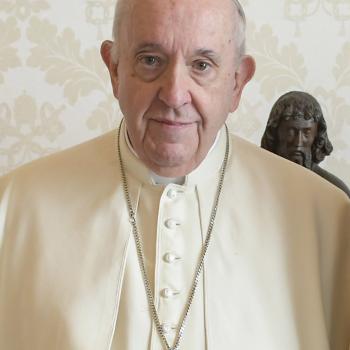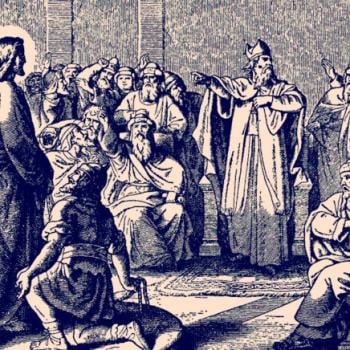
Give me your tired, your poor,
Your huddled masses yearning to breathe free,
The wretched refuse of your teeming shore.
Send these, the homeless, tempest-tost to me,
I lift my lamp beside the golden door!
These words, ascribed on a bronze plaque affixed to the pedestal of the Statue of Liberty, were penned by American poet Emma Lazarus. Originally written to help raise money to fund pedestal construction, “The New Colossus” portrays the statue as the “Mother of Exiles” whose “beacon-hand glows world-wide welcome,” encapsulating a vision of America as a land of opportunity for immigrants. Lazarus understood the promise that America held for those wishing to emigrate. A part of the migration of Sephardic Jews to America, her own family succeeded in the United States, rising into the upper class.
Like the “Mother of Exiles,” in the mid-twentieth century neo-evangelicals welcomed immigrants traveling from some “teeming shore” across the Atlantic. Like Emma Lazarus, they recognized the promise that America held for those wishing to emigrate from Europe. Embracing the “activism” or their evangelicalism, after World War II, they helped settle such persons in the United States.
Recent books like historian Molly Worthen’s Apostles of Reason (Oxford, 2013) and theologian Greg Thornbury’s Recovering Classic Evangelicalism (Crossway, 2013) emphasize the intellectual aspects of the mid-twentieth-century evangelical renaissance. However, just as intellectuals and elites fueled a more socially and culturally engaged American evangelicalism, so did the evangelical practitioners and laypeople associated with the movement.
While neo-evangelical intellectuals worked to engage the scholarly currents prevalent in Western culture, pastors, missionaries, ecclesiastical leaders, and laypeople were confronted by a world thrown into turmoil by World War II and its aftershocks. As the world grew smaller due to technological developments and media advances, these laypeople and ecclesiastical leaders regularly encountered suffering on the “other side of the world” right in their homes and churches. Seeing those in need, the words of a Jesus concerning the “least of these” spurred them to address the spiritual and physical needs of the world just as their heady coreligionists attempted to address the scholars in Cambridge, New Haven, Chicago, and Berkeley. To wit, they founded several evangelical global relief agencies, an evangelical child welfare agency, and several other ministries focused on meeting the needs of the less fortunate “for whom Jesus died.” As might be expected, when opportunity came, they assisted those who wanted to emigrate to the United States in order to escape deplorable conditions and persecution in their home countries.
Three years after VE Day, the United States passed the Displaced Persons Act of 1948, temporarily expanding immigration in order to welcome people displaced due to persecution associated with World War II. Barely four years old at the time, the National Association of Evangelicals (NAE) unhesitatingly agreed to the State Department’s request that it sponsor 3,000 such displaced persons (DPs). Leaders hustled into action, raising monies and educating their constituency regarding the why’s and how’s of sponsorship. Even the aged grandfather of neo-evangelicalism, J. Elwin Wright, got in on the action, pressing for support in “Shall DP’s Have a Chance to Live Again?” published in the February 15, 1949 edition of United Evangelical Action, the official organ of the NAE. By autumn 1949, nearly 500 DP’s had been sponsored. In that era, evangelical leaders welcomed those who could not return to their home countries for fear of retribution.
To be sure, there were processes in place for relocating DP’s to the United States (an act of Congress, signed by the President in order to deal with an anomalous crisis.. *ahem*). Even so, the actions of the leaders and constituency of the NAE in the late 1940s demonstrate something about the ethos of mid-century evangelism: it possessed an attitude of expansive welcome towards those who were displaced. In our current context, let us at least demonstrate the same attitude as our compassionate evangelical forebears.












